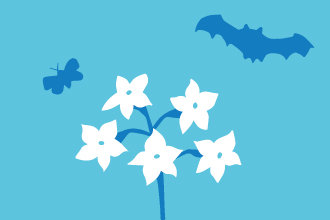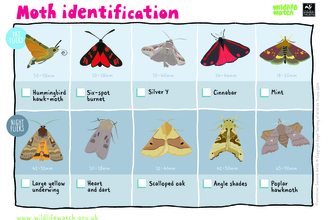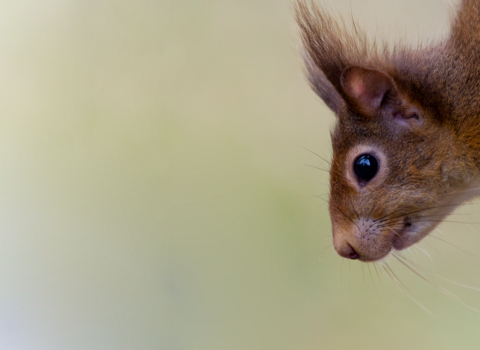December moth © Vaughn Matthews
December moth
This fluffy moth is one of the few species that fly in winter.
Scientific name
Poecilocampa populiWhen to see
Adult: October to DecemberCaterpillar: April to June
Species information
Category
Statistics
Forewing length: 15-22mmConservation status
Common
Habitats
About
Unsurprisingly, December moths are one of the few species you’re likely to encounter in December, though adults first take to the wing in October. They are attracted to lights so will sometimes land on windows, or more often in dedicated moth traps. The females are much larger than the males. They lay eggs on a variety of deciduous trees, including oaks, birches and hawthorns. The eggs won’t hatch until spring, when the caterpillars emerge to feed on leaves. They feed at night, spending the day resting. December moths can be found in woodland, hedgerows, scrub, parks and sometimes gardens.How to identify
A dark moth with a very fluffy body. The wings are charcoal coloured, with two creamy white lines across them. The second line is strongly waved and often more obvious. The fluffy body is dark brown, with a creamy white head. Males are smaller than females and have feathery antennae.The caterpillar is grey with black and pale mottling. It has sparse hairs across the back and underside, with a reddish band behind the head.



